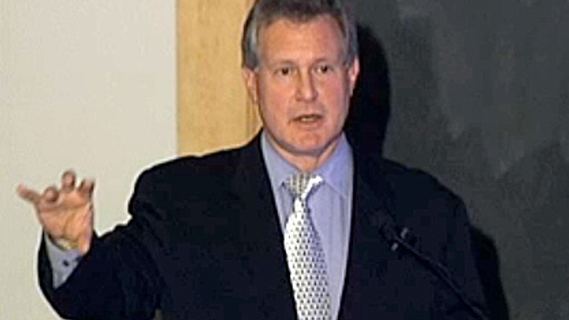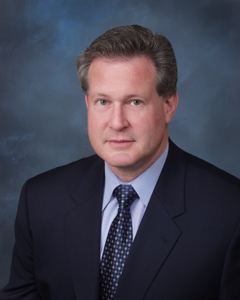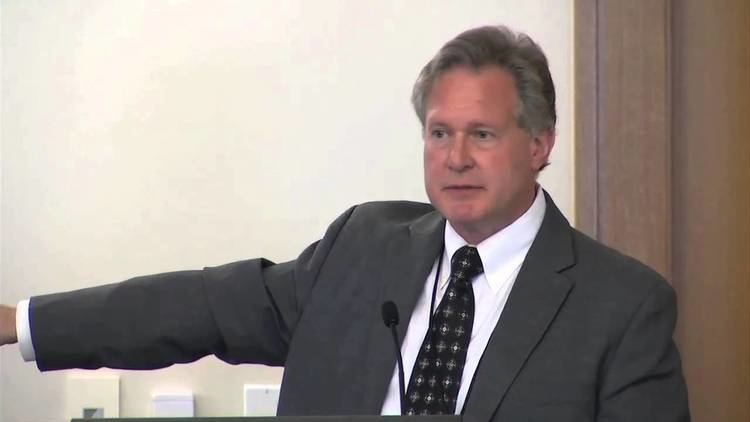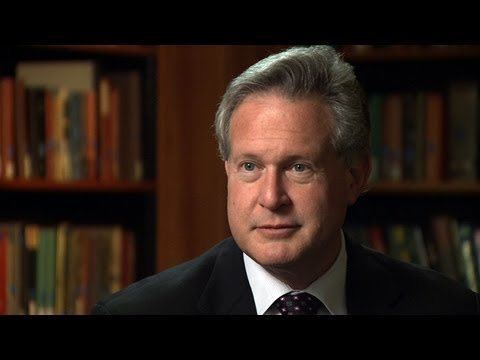Nationality American | Name Robert Lustig Role University Professor | |
 | ||
Profession clinical medical practice, teaching and research Books Fat Chance, The Fat Chance Cookboo, Sugar Has 56 Names: A Shoppe Profiles | ||
Fat chance dr robert lustig
Robert H. Lustig (born 1957) is an American pediatric endocrinologist. He is Professor of Pediatrics in the Division of Endocrinology at the University of California, San Francisco (UCSF), where he specializes in neuroendocrinology and childhood obesity. He is also director of UCSF's WATCH program (Weight Assessment for Teen and Child Health), and president and co-founder of the non-profit Institute for Responsible Nutrition.
Contents
- Fat chance dr robert lustig
- Robert Lustig MD Director Clinical Operations Professor of Clinical Radiation Oncology
- Biography
- Research
- Selected works
- References

Lustig came to public attention in 2009 when one of his medical lectures, "Sugar: The Bitter Truth," went viral on YouTube. He is the editor of Obesity Before Birth: Maternal and Prenatal Influences on the Offspring (2010), and author of Fat Chance: Beating the Odds against Sugar, Processed Food, Obesity, and Disease (2013).

Robert Lustig, MD -- Director, Clinical Operations, Professor of Clinical Radiation Oncology
Biography

Lustig grew up in Brooklyn, New York, and attended Stuyvesant High School in Manhattan. He obtained a bachelor's degree from the Massachusetts Institute of Technology in 1976 and an MD from Cornell University Medical College in 1980.

His pediatric residency was completed at St. Louis Children's Hospital in 1983 and his clinical fellowship in pediatric endocrinology at UCSF the following year. After this he worked at Rockefeller University for six years as a post-doctoral fellow and research associate in neuroendocrinology. Before returning to UCSF in 2001, he was a faculty member at the University of Tennessee, Memphis, and the University of Wisconsin-Madison, and worked at St. Jude Children's Research Hospital in Memphis. In 2013 he completed a Master of Studies in Law (MSL) from UC Hastings College of the Law.

Lustig has authored 105 peer-reviewed articles and 65 reviews. He is a former chair of the obesity task force of the Pediatric Endocrine Society, a member of the obesity task force of the Endocrine Society, and sits on the steering committee of the International Endocrine Alliance to Combat Obesity. He is married with two daughters and lives in San Francisco.
Research
Lustig's research examines links between excess consumption of fructose—a component of sucrose (table sugar), honey, fruit and some vegetables—and the development of metabolic syndrome. Metabolic syndrome can include type 2 diabetes, high blood pressure, cardiovascular disease, non-alcoholic fatty liver disease, obesity and the phenomenon "TOFI" ("thin-outside-fat-inside").
He argues that fructose can be consumed safely within whole fruits and vegetables because of the role played by the accompanying dietary fiber. But he maintains that the liver is damaged by the fructose in table sugar and high-fructose corn syrup that are added to food and beverages (particularly convenience food and soft drinks), and by the fructose in fruit juice and vegetable juice. His position is that sugars are not simply empty calories; he rejects the idea that "a calorie is a calorie."
Lustig was a co-author in 2009 of the American Heart Association's guideline on sugar intake, which recommended that women consume no more than 100 calories daily from added sugars and men no more than 150. That year, a 90-minute lecture by Lustig, "Sugar: The Bitter Truth," recorded in May 2009 for University of California Television, went viral on YouTube. By February 2017, the video had been viewed almost seven million times. The Financial Times called it "sugar's 'tobacco' moment."
The suggested link between obesity and excess fructose consumption, as opposed to the excess consumption of any high-calorie food, is controversial. In March 2015 the World Health Organization recommended that free sugars comprise no more than ten percent of daily intake, and preferably no more than five percent (around six teaspoons or 25 grams).
Selected works
Books
Articles
